Prefatory miniature of the Crucifixion
Texts and Images
The Crucifixion would have provided a focal point of devotion for the manuscript’s original owner. It would have also served as a frontispiece to the entire Psalter. It encapsulates the medieval understanding of the Psalms as Old Testament prophecies which were fulfilled in the life and sacrifice of Christ recounted in the New Testament.
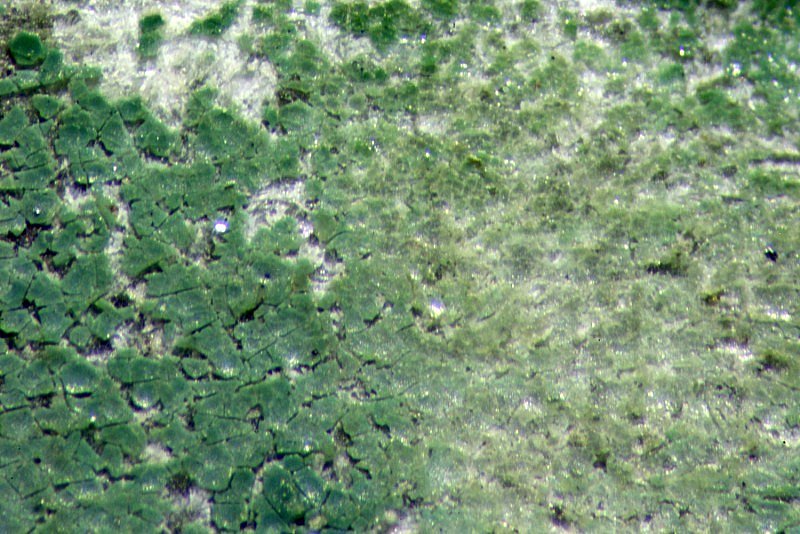
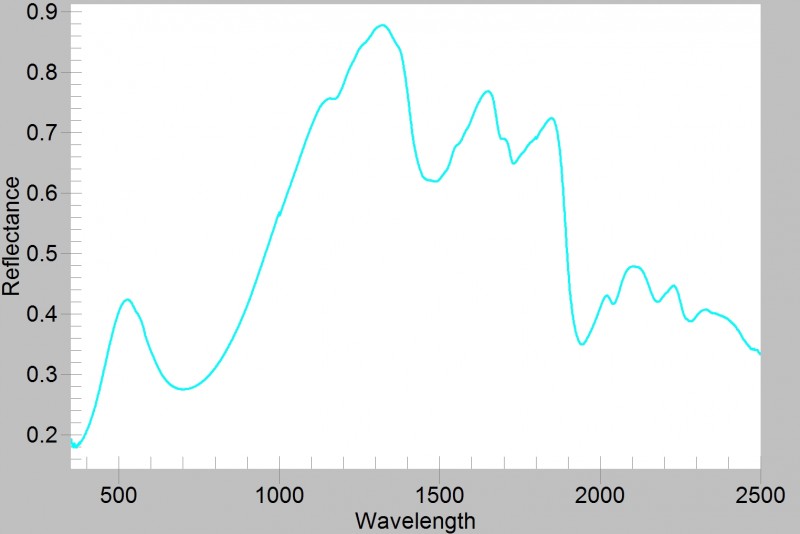
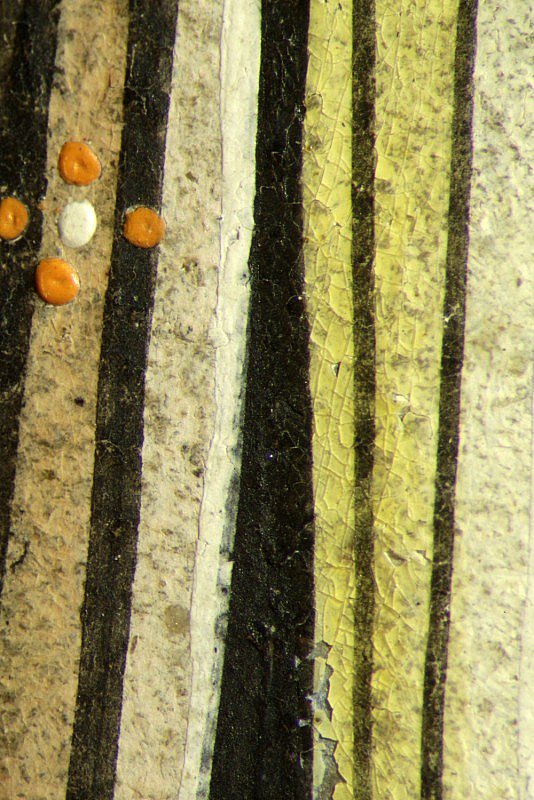
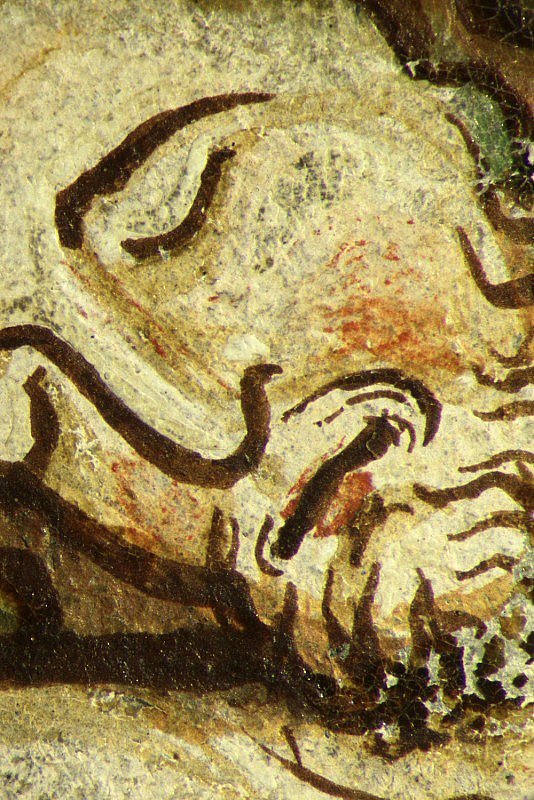
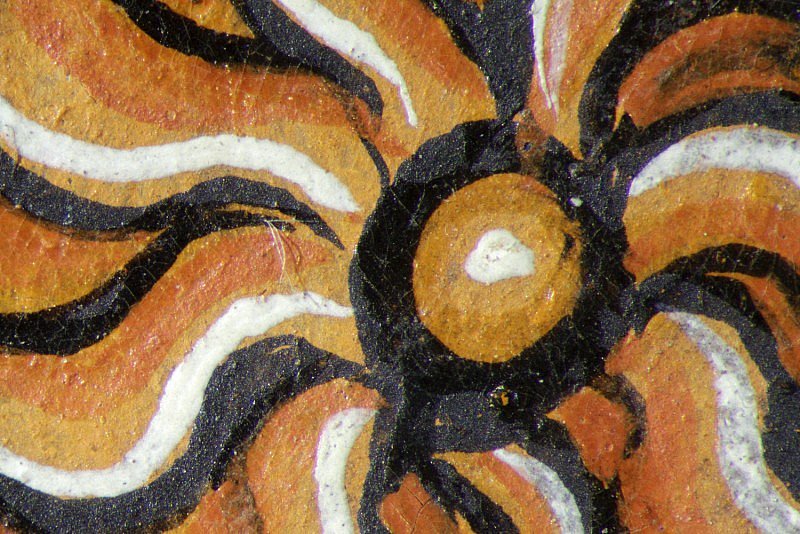
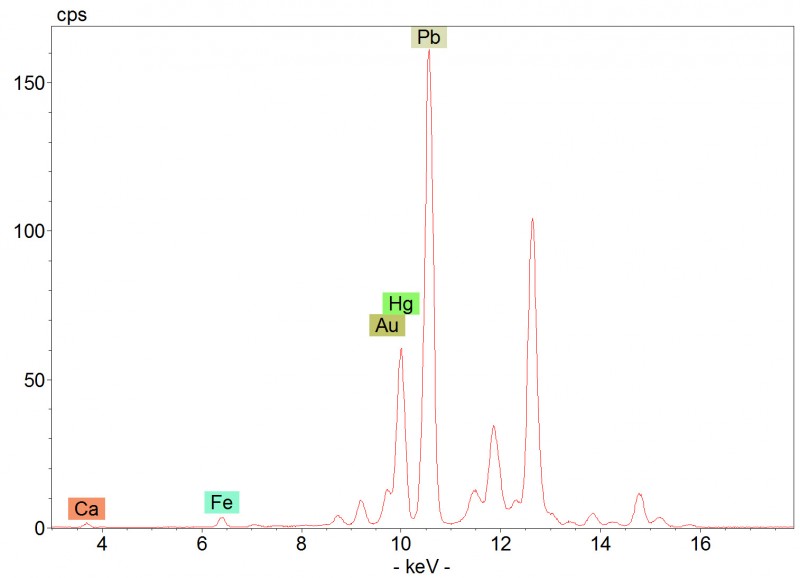
Crucifixion
The style of the Crucifixion supports a date for the manuscript in the early 1220s. Christ's slender torso, which curves gracefully to one side, breaking the symmetry of the composition, reflects new artistic ideas surfacing at that time. The single nail that pins Christ's overlapping feet is another new motif that gradually replaced the custom of showing two nails, one for each foot.
The pigment used for the green cross is verdigris, a copper-based pigment that appears dark in the infrared image. Green crosses, some plain and others formed of rough timber beams or branches, appear in Crucifixion scenes from the 11th century onwards. Artists used the colour to link the cross with the Tree of Life in the Garden of Eden as described in Genesis. Eating the fruit of the Tree of Life guaranteed eternal life, a promise matched by Christ's atoning death and resurrection, which, according to Christian theology, offered redemption and immortality to humanity.
The Virgin's pink mantle is painted with an insect-based organic dye, highlighted with lead white and decorated with red lead and lead white dots. The inner part of the folds were coloured with an organic yellow glaze over lead white. The draperies are defined with thick carbon black outlines (hotspot 2). The tunic is modelled with different shades of blue obtained by mixing ultramarine and lead white in different proportions, which are juxtaposed and separated by black outlines.
Flesh tones are modelled with a light pink mixture of lead white and an earth pigment. Vermilion and lead white provide highlights and a light brown earth pigment is used in the shadows. Facial features, hair and beard are defined with brushstrokes of brown ink (hotspot 3).
Related content: The Peterborough Psalter
Related content: Lab
- Overview of Artists' Materials: Cinnabar and Vermilion
- Overview of Artists' Materials: Organic red colourants
- Overview of Artists' Materials: Organic yellow colourants
- Overview of Artists' Materials: Verdigris
- Analytical Methods: Near-infrared imaging
- Analytical Methods: UV-vis-NIR reflectance spectroscopy
- Analytical Methods: X-ray fluorescence spectroscopy
